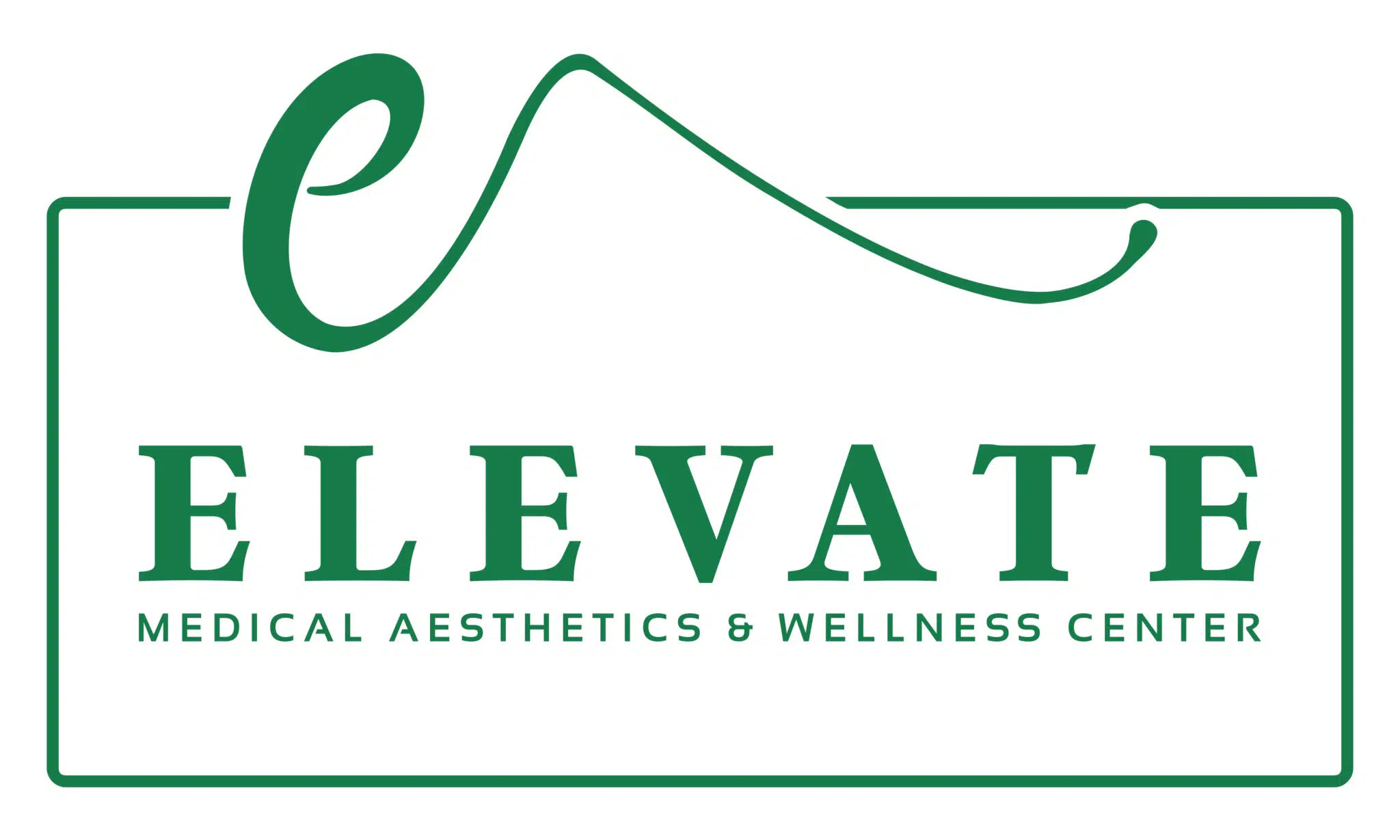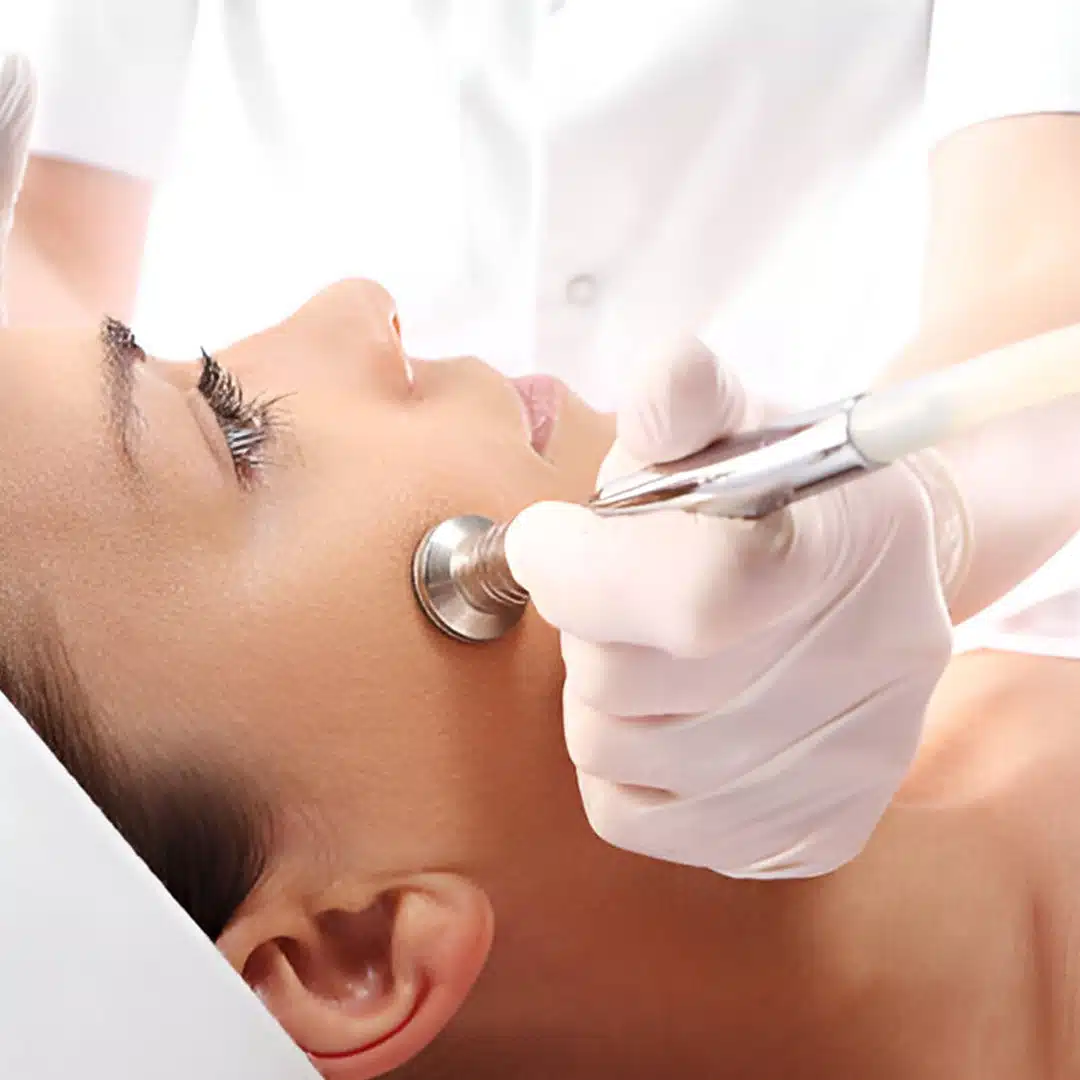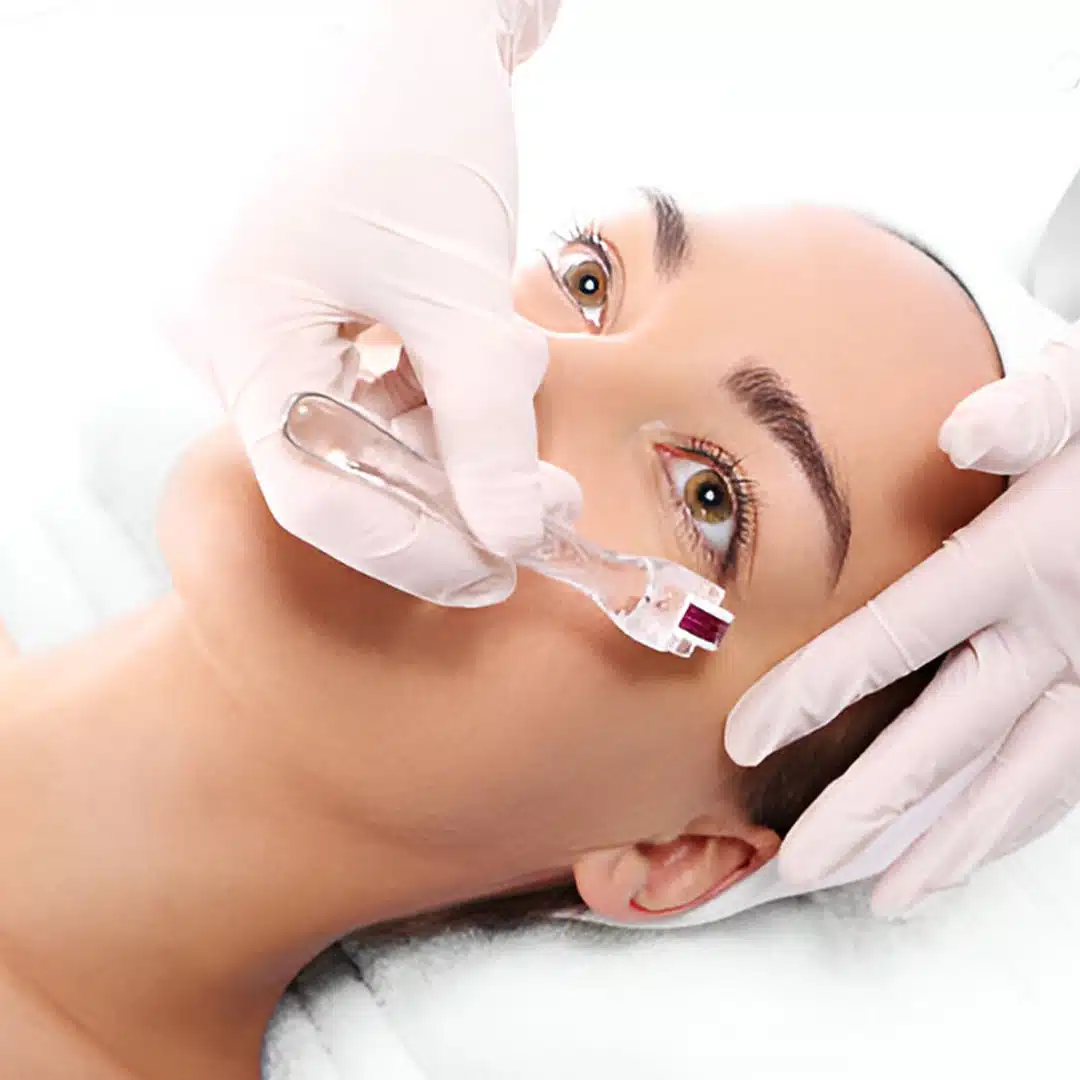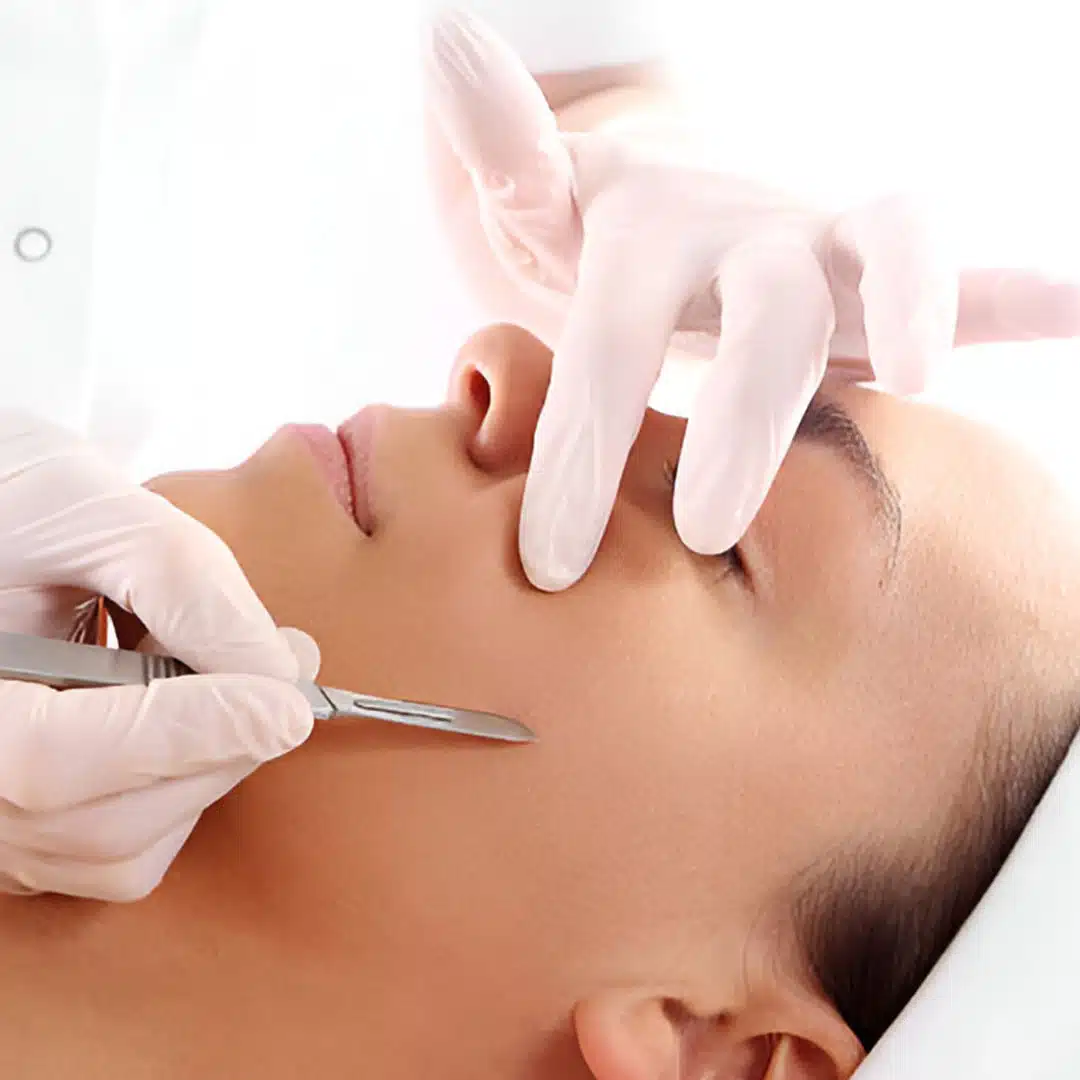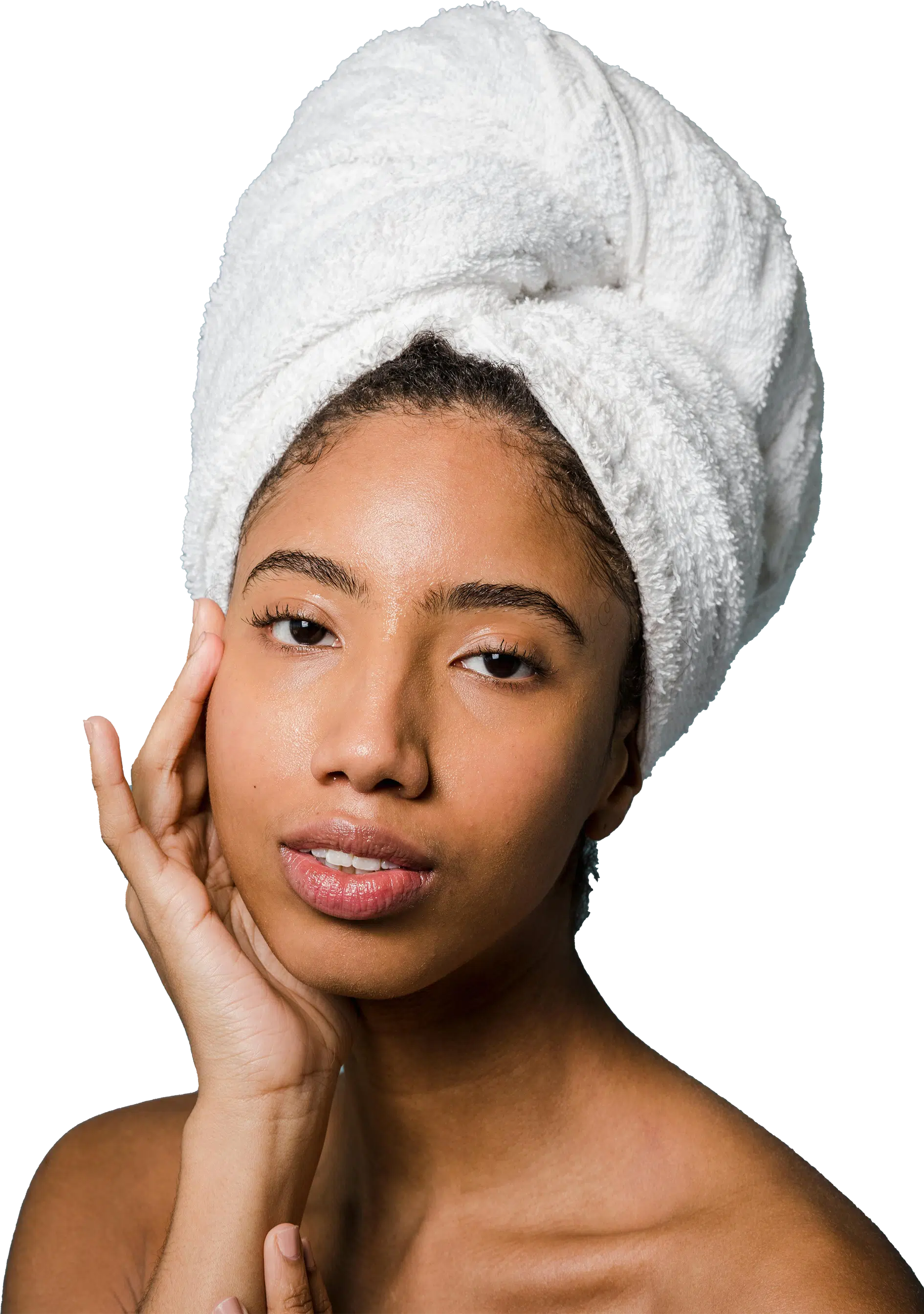Dermaplaning requires specific tools to achieve optimal results and ensure safety during the dermaplane treatment. A quality dermaplane razor, often referred to as a dermaflash, is essential for gently removing dead skin cells and vellus hair from the skin's surface without harming the underlying skin. Professionals often prefer tools designed for microplaning, which precisely exfoliate the skin while minimizing the risk of irritation. It is crucial to avoid using abrasive skincare products immediately after the procedure to allow newly-exfoliated skin to heal properly. Patients with open skin lesions or sensitive skin should consult with dermatology affiliates to determine the best approach to their needs. Investing in the right tools and knowledge will maximize the benefits of dermaplaning, leading to healthier, smoother skin underneath.
Overview of Dermaplaning Tools
Dermaplaning is a popular skin treatment that requires specific tools designed for optimal results. The primary tool used is a surgical-grade scalpel, which carefully removes dead skin cells and fine vellus hair from the skin surfaces. This technique reveals a new skin surface that enhances the overall appearance and texture of treated skin. For safety and effectiveness, using high-quality tools is essential, especially when performed by a certified dermatologist or an experienced esthetician familiar with the exfoliation sensation that dermaplaning provides.
Various dermaplaning tools are available on the market, catering to both professional and at-home use. City-based dermatologists often recommend using specialized dermaplaning razors, which are designed to glide smoothly across the skin, ensuring even exfoliation without causing irritation. Selecting the right tool is crucial for achieving the best results from skin treatments. Proper tool choice can significantly influence the dermaplaning experience, leading to a more vibrant and rejuvenated complexion.
Choosing the Right Dermaplaning Razor
Selecting the ideal razor for dermaplaning is crucial for achieving optimal skin smoothness. A surgical scalpel is often recommended for professional treatments due to its precision and effectiveness in removing dull skin and rough skin surfaces. These tools provide a fine edge that allows for controlled physical exfoliation, enhancing the overall skin texture. Investing in a quality dermaplaning razor ensures that the treatment is both safe and efficient, paving the way for effective skin-refinishing treatments.
For those considering at-home dermaplaning, choosing a razor designed specifically for this purpose is essential. Many options incorporate features that aid in effective exfoliation without overly aggressive scraping of the skin. Look for ergonomic designs for easy handling and razors that complement your regular exfoliating products and skincare routine. The right tool can elevate your post-treatment skin quality, promoting a radiant, smooth complexion while reducing the risk of irritation.
Safety and Precautions in Dermaplaning
Dermaplaning can significantly enhance the skin's appearance by removing dead skin cells and peach fuzz, leading to smoother skin and improved skin coloring. However, it is essential to understand who should avoid this skin care treatment. Individuals with active breakouts, severe acne, or sensitive skin could experience adverse effects, potentially leading to irritation or excessive redness. Those with conditions like eczema or psoriasis should also be cautious, as Dermaplaning might exacerbate scaly skin or trigger flare-ups. It’s crucial to consider your skin's hydration and overall condition before incorporating this step into your skin care routine, especially if overgrown eyebrows or skin spots are present. Always consult a professional to ensure your skin feels safe and healthy before undergoing this treatment.
Who Should Avoid Dermaplaning?
Dermaplaning is not suitable for everyone, particularly individuals with certain skin conditions. Those suffering from active acne, rosacea, or eczema should avoid this restorative skin treatment. The procedure may exacerbate these issues by exposing delicate, uncovered skin cells to an abrasive surface. Consulting with board-certified dermatologists is crucial to determine if Dermaplaning is appropriate, especially for those with patchy skin pigment, pigment blotches, or a generally poor skin tone.
People with unhealthy skin surfaces should also think twice before opting for Dermaplaning. This cosmetic procedure can lead to further irritation or complications in cases where the skin barrier is compromised. A thorough evaluation by a board-certified dermatologist will help identify any potential risks and guide individuals toward safer alternatives for achieving smoother skin.
Common Dermaplaning Side Effects
Dermaplaning is a popular cosmetic treatment that helps achieve smooth and radiant skin. However, some individuals may experience side effects post-treatment. Fine wrinkles can sometimes become more noticeable as the skin rejuvenates, and skin breakouts may occur due to the release of impurities from the skin's surface. Proper skin care following dermaplaning is essential to reduce these effects and promote healing, as skin-nourishing products can help soothe any irritation.
Enlarged skin pores can also be a concern for some after dermaplaning. To mitigate these side effects, it is crucial to use mild skin cleansers and gentle skincare products that incorporate skin-loving ingredients. Easy exfoliation from dermaplaning can enhance overall skin appearance, but it is important to follow a proper aftercare routine to maintain skin health and avoid potential complications.
Home Dermaplaning vs. Professional Treatments
Home dermaplaning offers a convenient option for individuals wishing to maintain their complexion between professional treatments. This procedure effectively removes dead skin cells and peach fuzz, promoting skin regeneration and allowing complexion products to penetrate more deeply. By keeping the skin taut during the process, at-home users can achieve similar results to those seen in spa treatments. However, professional dermaplaning provides expertise, ensuring a safe and effective peel that minimizes the risk of side effects. Weighing the pros and cons of each option is crucial for those considering incorporating dermaplaning into their skincare routine.
Pros and Cons of At-Home Dermaplaning
At-home dermaplaning offers several advantages for individuals looking to achieve a smoother complexion. By using a sterile blade, users can effectively remove dead skin cells and peach fuzz from the surface, enhancing the application of makeup. Many makeup artists recommend this technique as it creates a flawless base, allowing products to glide on effortlessly. Regularly practicing at-home dermaplaning may also help reduce the appearance of acne scars over time, giving the skin a renewed brightness.
However, there are some risks associated with performing dermaplaning at home, especially for those unfamiliar with the process. It’s crucial to avoid using too much pressure or making too many passes with the blade, as this can lead to irritation or cuts. Individuals with sensitive skin or active acne should exercise caution or consult a dermatologist before attempting dermaplaning. A lack of professional guidance may result in improper technique, negating the benefits of smoother skin.
Conclusion
Dermaplaning is a highly beneficial skincare treatment that can enhance the overall appearance of the face. By removing dead skin cells and fine vellus hair, it creates a smoother canvas for makeup application while helping to minimize the visibility of acne scars and other minor imperfections. This procedure can also complement chemical peels, as both methods work to rejuvenate the skin and reduce scarring. After undergoing dermaplaning, some individuals may experience temporary swelling or sensitivity, making it important to adhere to proper aftercare practices. Choosing the right approach, whether at home or professionally, can lead to significant improvements in skin texture and overall health.
